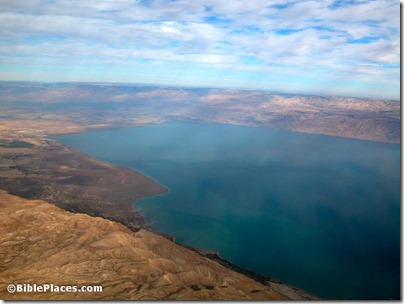The proposal that Sodom has been found on the northeastern side of the Dead Sea has been around for a decade or so, but with the publication of an article by Steven Collins this month it will receive the widest hearing to date. I thought it might be helpful for readers of Biblical Archaeology Review to know where to go for another perspective.
The proposal that Tall al-Hammam is Sodom fails on at least two counts, and these are helpfully summarized by two experts in their respective subjects.
Geography Fail: Bill Schlegel, professor in Israel for 25 years and author of the Satellite Bible Atlas, explains why the biblical text does not fit the geography of Tall al-Hammam.
Chronology Fail: Eugene Merrill, Distinguished Professor of Old Testament Studies at Dallas
Theological Seminary and author of Kingdom of Priests: A History of Old Testament Israel, shows in a recent Artifax article that for Tall al-Hammam to be Sodom one must deny all of the biblical dates before the time of the judges.
I’ve written about the issue several times as well:
Excavator Finds Evidence of Destruction at “Sodom” (Dec 2011)
Video: Search for Sodom and Gomorrah (Aug 2009)
Tall el-Hammam: Sodom, Abel Shittim, Abila, or Livias? (Jan 2009)
Sodom Identified? (May 2006)
One final point: the excavator of Tall al-Hammam insists that by identifying the site as Sodom he is supporting the historicity of the Bible. In fact, if his theory is true, we cannot trust the Bible for accurate details about times and places. Tall al-Hammam is certainly a significant site, but Sodom is surely to be found elsewhere.

Photo from Pictorial Library of Bible Lands, volume 4